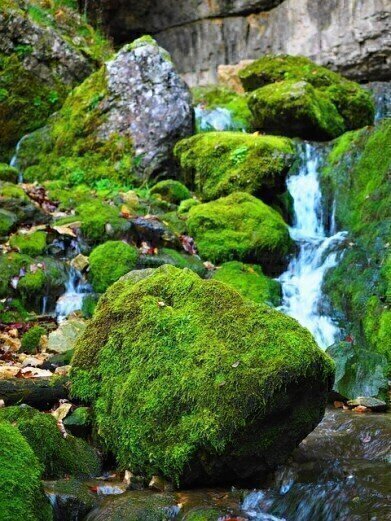Waste Management
Can Moss Be Used to Monitor Pollution?
Sep 29 2017
When it comes to monitoring pollution, there’s a worry that the costs can soon begin to add up. There are a number of different pollutions, and lots of different locations that need to be monitored. But what if the monitor didn’t cost anything? What if it was something as simple as the moss growing on rocks and trees? This post explores how moss may become a monitor for pollutants in towns and cities.
The importance of pollution monitors
Why do we need pollution monitors? The pollution is there – why not find a way to get rid of it, rather than monitoring how it changes? However, by monitoring pollution, we gain a better understanding of different pollutants and how they behave. In different weather, for instance, pollutants can behave differently, becoming more or less prevalent.
They can also be used to check where pollution is coming from. Pollution monitors can be placed in several locations to see which is to blame for a particular gas. This can then be used to create models which forecast, for example, how much carbon dioxide could be reduced if we cut traffic by 40%.
A natural solution
It’s clear pollution monitors play a vital role… But where does moss come into things? According to Japanese scientists, moss could provide a cheap and effective way to monitor pollution in towns and cities – also known as urban pollution. Moss is potentially a bioindicator, meaning it reacts to pollution by changing its density, changing its shape, or even disappearing in part.
By assessing these changes – how it reacts to specific pollutants – scientists can then calculate atmospheric changes based on the reaction of the moss. Specifically, the researchers studied the changes in moss in an 3 square kilometre area of Tokyo. They found that drought-stress was common for moss in areas with more nitrogen pollution.
“This method is very cost effective and important for getting information about atmospheric conditions,” explained Yoshitaka Oishi, who worked on the study. “Mosses are a common plant in all cities so we can use this method in many countries… they have a big potential to be bioindicators”
Pollution in soils
Moss isn’t the only natural substance that interacts with pollution. Soils can contain several pollutants from a range of sources. On ex-industrial sites, in particular, there is a problem with asbestos. Professionals involved in the remediation of these sites need to ensure the hazardous substance is identified and dealt with. ‘New Guidance Uncovers Answers Around Working with Asbestos in Soils’ explores the issues that need to be addressed when it comes to these brownfield sites.
Events
May 05 2024 Seville, Spain
May 13 2024 Munich, Germany
May 23 2024 Beijing, China
May 23 2024 Beijing, China
Jun 10 2024 Algiers, Algeria













